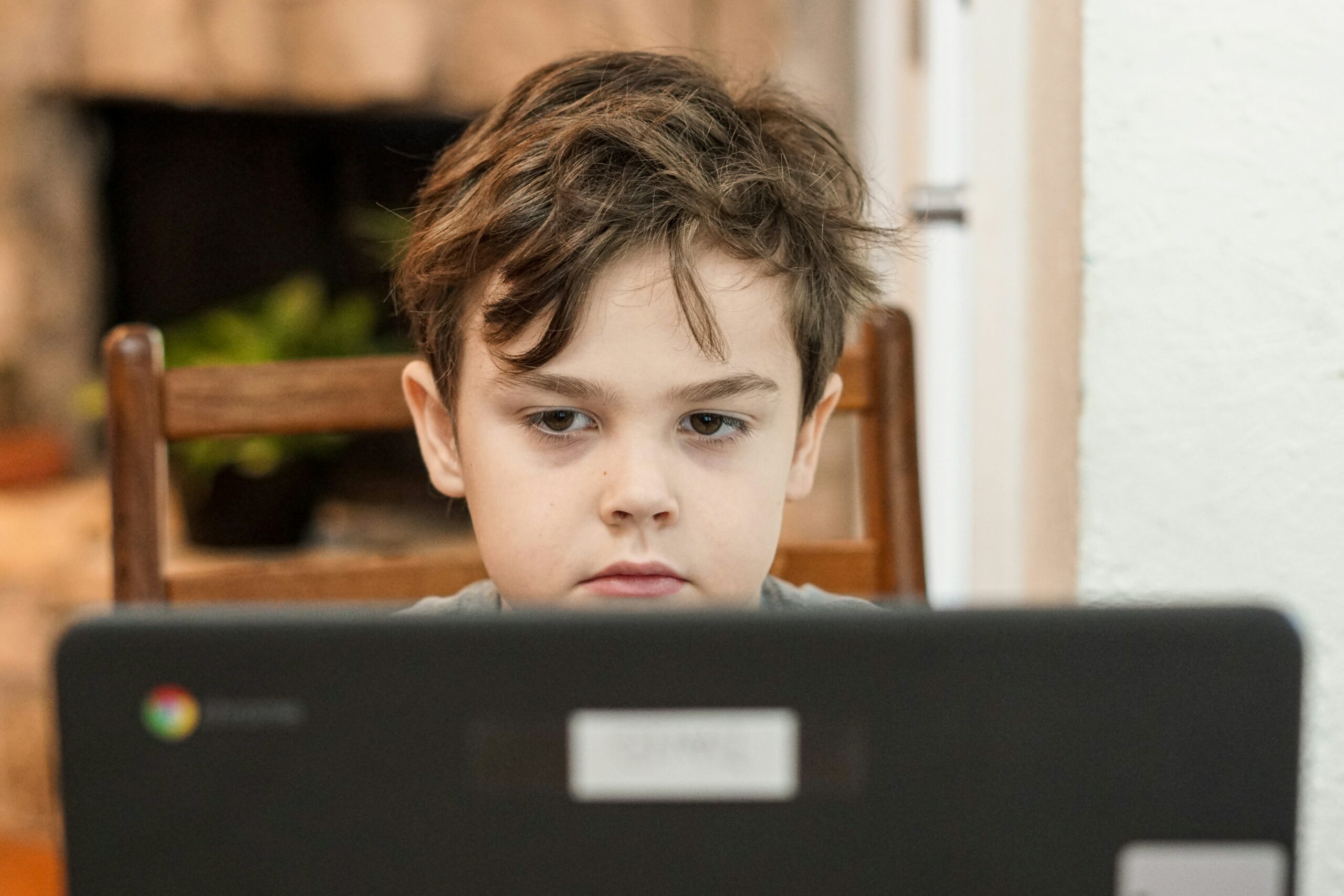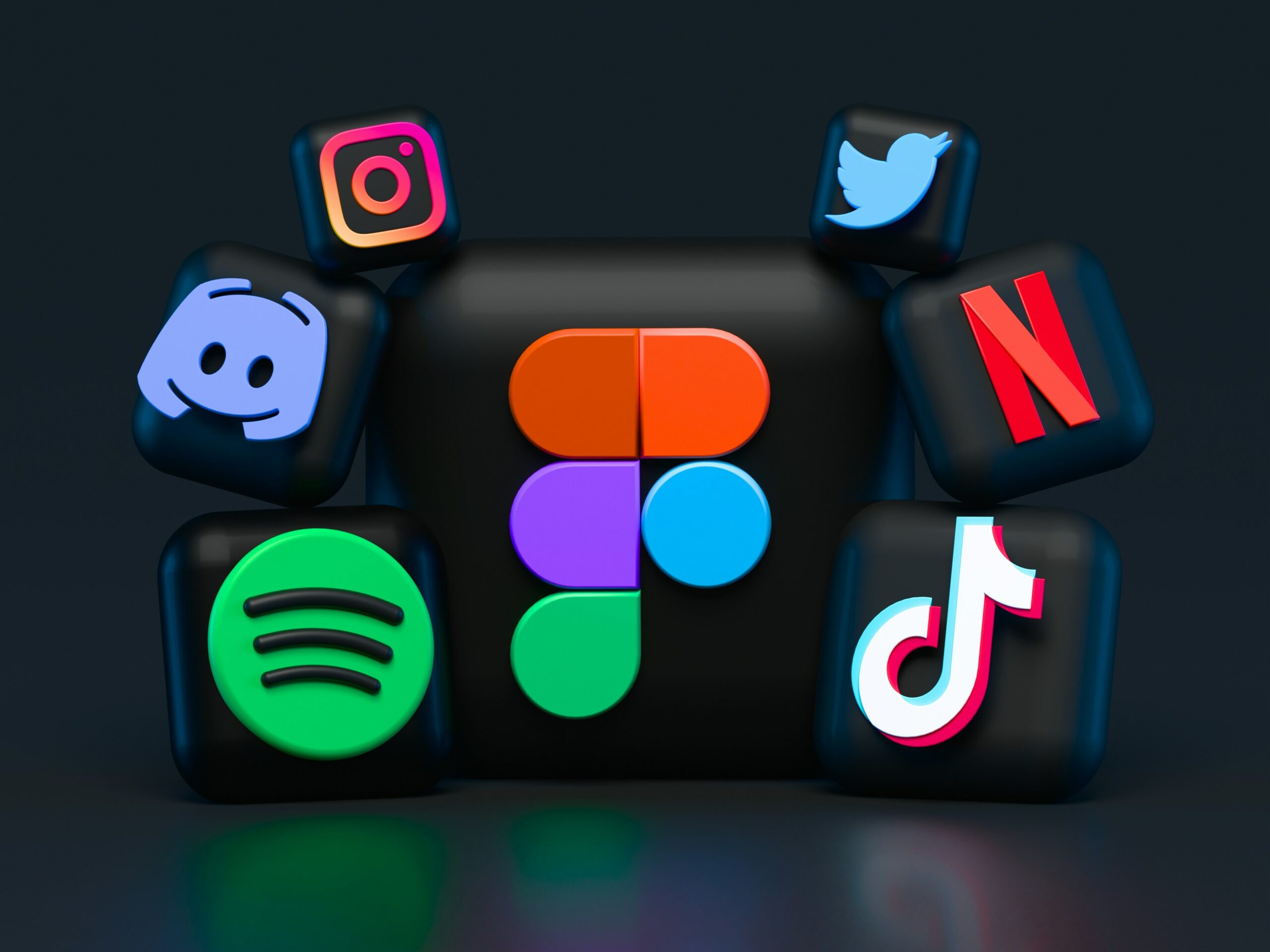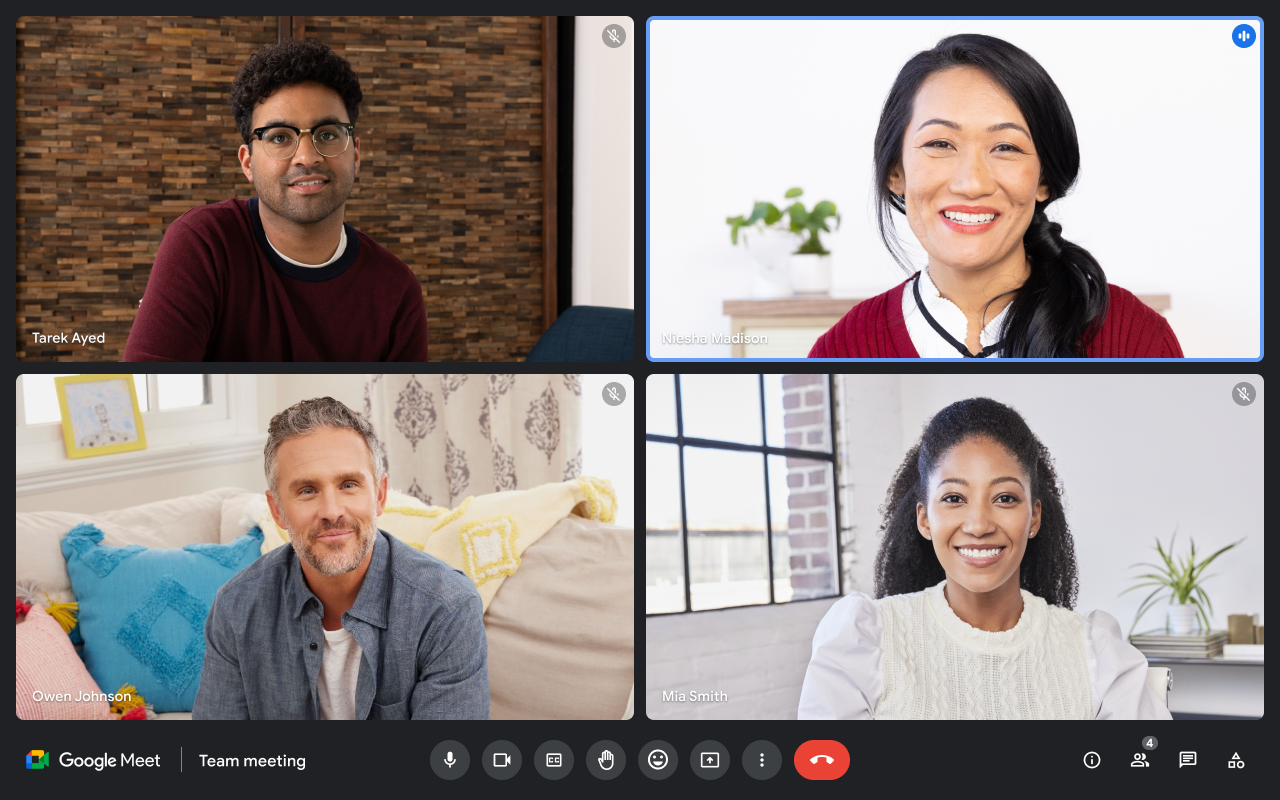When students are able to engage in their learning, they feel good about themselves, their abilities, and their education. Student-centered learning is engaging with your students that can support all types of learning styles and abilities. In this article, we’ll discuss why student-centered learning is beneficial for different types of learners as well as some examples of how you can implement this style into your own classroom environment.
The Need for Student-Centered Learning

Student-centered learning is a teaching method that focuses on the needs and interests of the student. Students are encouraged to explore, discover, and learn with little guidance from the teacher. The focus is on student-directed learning rather than teacher-directed learning.
In today’s world, many students do not have a positive attitude toward learning. This is partly because textbook-based learning does not leave room for creativity, opinions, initiative, and research–skills that are quintessential for success down the line. This is where student-centered learning comes in.
Support for Different Learning Styles and Abilities

Student-centered learning can be a great way to support students with different learning styles and abilities. For example, if you’re a student who struggles with reading comprehension, you might benefit from listening to an audiobook rather than reading the text out loud. Or suppose you have ADHD and find it difficult to focus on tasks for long periods without interruption or distraction from other people or activities around you. In that case, you might do better when given the freedom to move around (or even take frequent breaks) within a space where noise won’t bother others nearby.
Use a variety of methods to meet the needs of all learners.

Student-centered learning acknowledges and uses various methods to accomplish its core goal–to uplift students by making learning fun and self-directed.
Examples of methods include:
- Project-based learning, where students work in teams and use real-world problems as their focus;
- Differentiated instruction, which uses different teaching styles and materials based on student needs; and
- Multiple intelligence theory recognizes that students learn in different ways (visually, orally, or kinesthetically).
Comparison of tutor-centered and student-centered learning

Student-centered learning is a modern approach to teaching and learning. It’s based on the idea that students should be active participants in their education rather than passive recipients of information from an expert teacher.
In tutor-centered classrooms, teachers are responsible for creating lesson plans and delivering them in a specific way that ensures everyone understands the material equally well. They often use textbooks as guides for their lessons–and sometimes even require students to purchase them themselves! Tutors also tend not to give much credit for any outside research or projects because they believe it distracts from actual class work; this means students can’t showcase their true passions through their work because it wouldn’t fit into what’s being taught by the teacher (and therefore won’t get graded).
Student-centered learning environments allow students more freedom over what they learn about–you don’t have any strict requirements when choosing which subjects matter most! You might choose English literature over math because you’re interested in writing stories later on, or biology interests you more than history because there’s so much research available online…the possibilities are endless! Student-centered learning is especially useful for online classrooms and self-paced recorded courses (including micro courses) because it allows the students to become more comfortable with a rather new medium while ensuring they can learn things without stopping.
In fact, in any class, if the end goal is well-defined, then the course structure should be flexible and amenable to the learners’ needs, ensuring that people can build better courses overall.
In conclusion, student-centered learning is a more effective way of teaching students. It can help improve their skills in different areas and make them more confident about their abilities. If you wanted to create a self-paced course that centers the student, try out our new features at Wise; our recorded courses have been built to allow student-centered learning including self-paced courses and proper modules and sections that enable the process.




